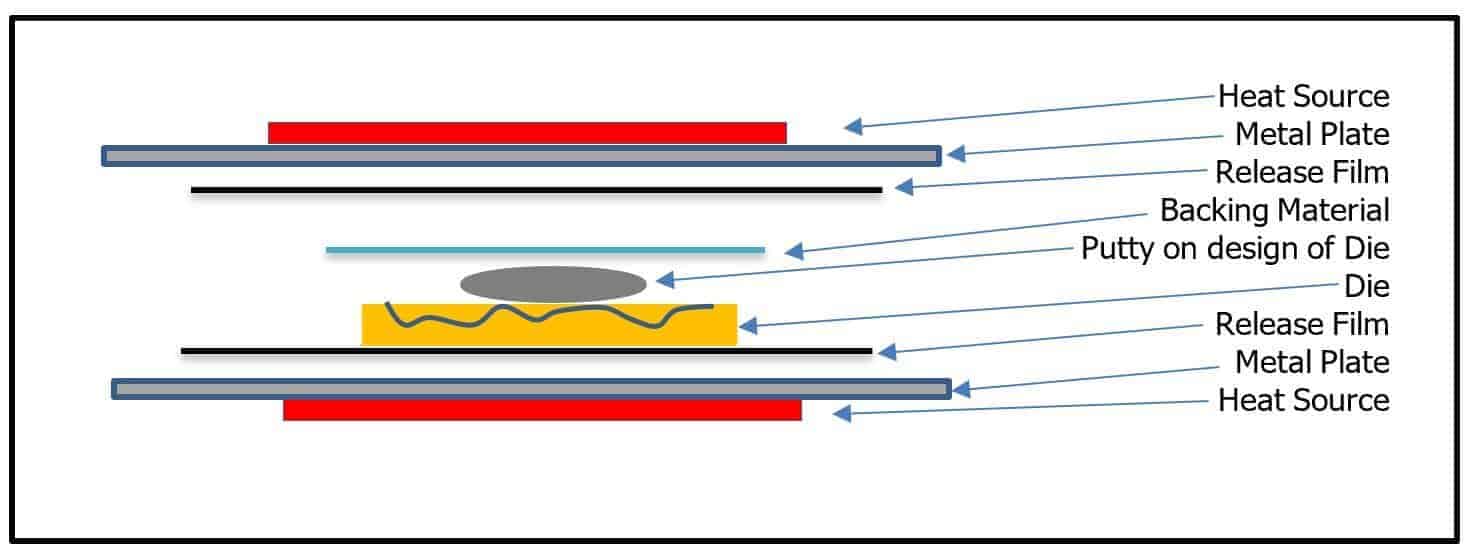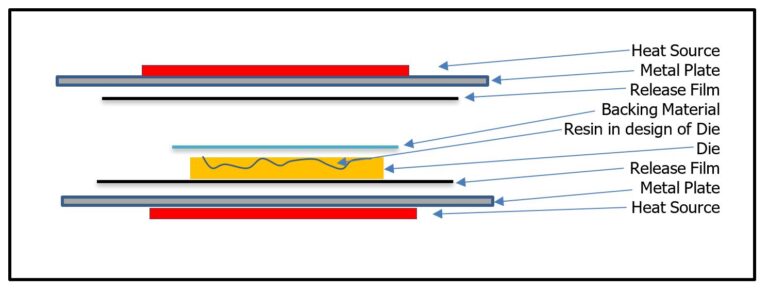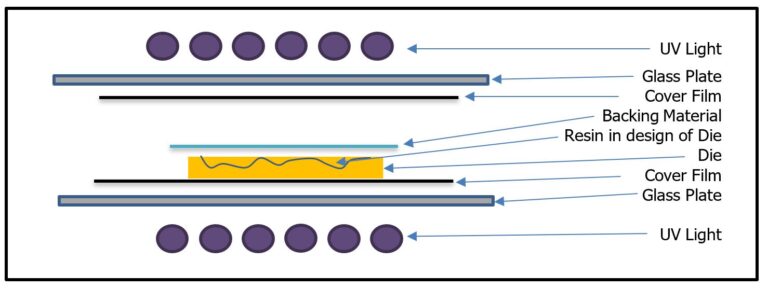Epoxy Crystallization
Epoxy Crystallization
All Epoxy resins, under certain conditions, can become solid or have a slush like appearance. This is called crystallization and it is where some component parts of the epoxy resin form a crystal-like structure.
The crystallization of an epoxy is completely normal and is very similar to water freezing in that it goes from a liquid state to become a solid. And like water once warmed it will revert back to it liquid state without any change or damage to the properties of the resin. But unlike water which melts at approximately 0°C (32°F) the melting point of the Epoxy is 50°C (122°F).
Identifying Problem.
The first signs of crystallization are that the resin becomes cloudy, hazy or milky which are more easily seen in clear resin. This opacity is generated by small crystals free floating in the resin. But as the size of the crystals increases the resin becomes more like a slush in that the material will still flow but sluggishly. As this crystallization of the resin increases the slush forms larger lumps of paste. As the density of the crystallized resin is higher than the material surrounding it sinks to the bottom of the container, building in thickness until the whole container becomes solid.
Reason
Crystallization can happen at any time and is not easy to predict. As previously stated, it is a normal characteristic of all epoxies and will not always occur but some things can make it more likely.
Viscosity
Lower viscosity systems are more likely to crystallize as the material can flow into the matrix patterns required for crystallization.
Purity
The higher the purity of the resin increases the possibility as there are less additives to disrupt the crystalline matrix forming.
Temperature fluctuations
But the main cause of this effect is repeated changes in temperature; the resin being warmed and cooled repeatedly. The thermal cycling helps to orientate the material into the right chemical structure for the material to form crystals. But this should be greatly lessened if the material is stored as directed in the data sheets which normally are between 10°C to 25°C. The temperature fluctuations that occur between night and day start or enhance the crystal growth process.
Dust & Contamination
The introduction of dust particles into the resin can accelerate the process as it does give the crystallisation process a starting point or “seed” from which to start. And once the process is started it can progress more quickly due to the self-organising nature of chemistry.
Solution
Remember as stated above this process can be reverted with no damage to the resin – just like melting water, but the temperature involved will be higher. In this case you will need to heat the resin to a minimum of 50°C (122°F) and hold it there until it all completely melts. If any crystals remain, the whole container may become solid again with a few days. But if the container is heated to 50°C (122°F) until ALL of the crystals have melted, the resin will be fine for months if not years if stored correctly. The point to note is that it is recommended to heat the material for a longer period at 50°C (122°F) to ensure complete melting of the crystals and not remove the container too early from the heat. When heating the crystallised resin, the heat will not be transfer quickly and achieving a consistent resin temperature will take quite some time. If the resin is not solid and does flow, it is good practice to mix the material regularly to ensure even heating.
It is not possible to give an exact time required to completely remove the crystals as it will depend on the container size, heat source and regularity of mixing but it is better to give the material longer at 50°C (122°F) to ensure complete reversal of the resin to its liquid form. With clear resin, it is possible to see when the crystallized material has melted as the resin will change from cloudy to clear. Once the epoxy based counterforce materials have reverted back to its liquid state it is perfectly suitable for counterforce making and should be used as specified in the uEmboss user manual.



